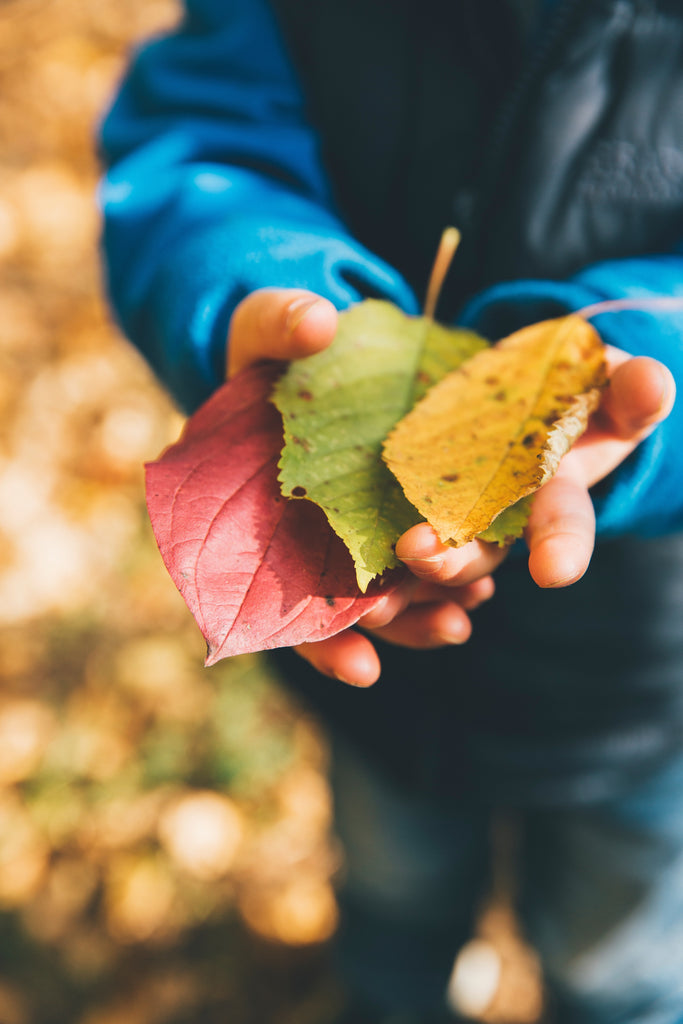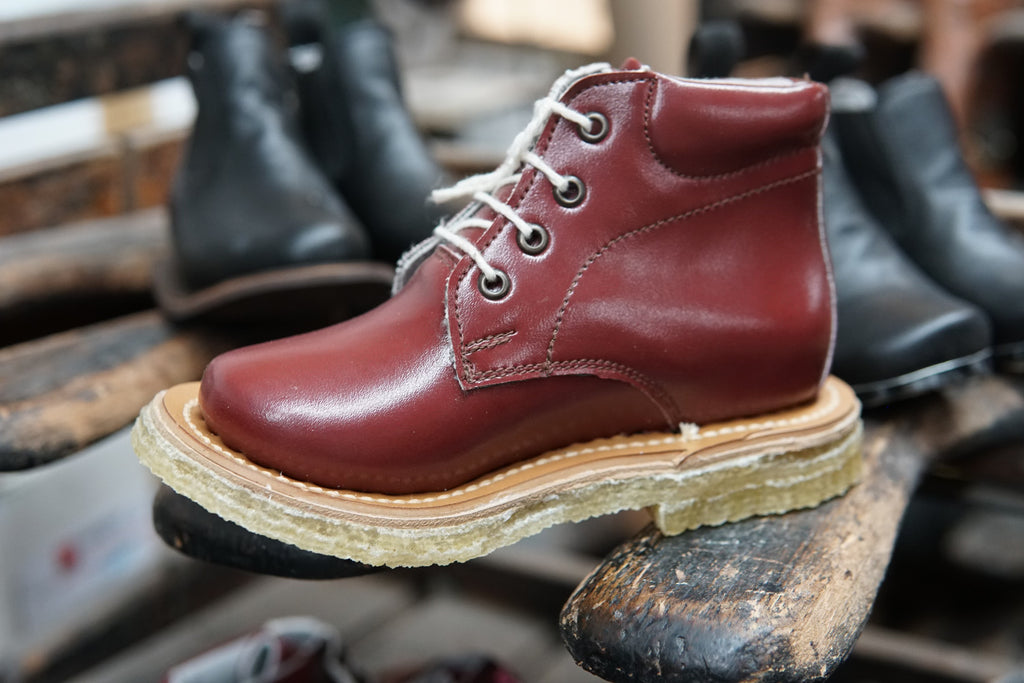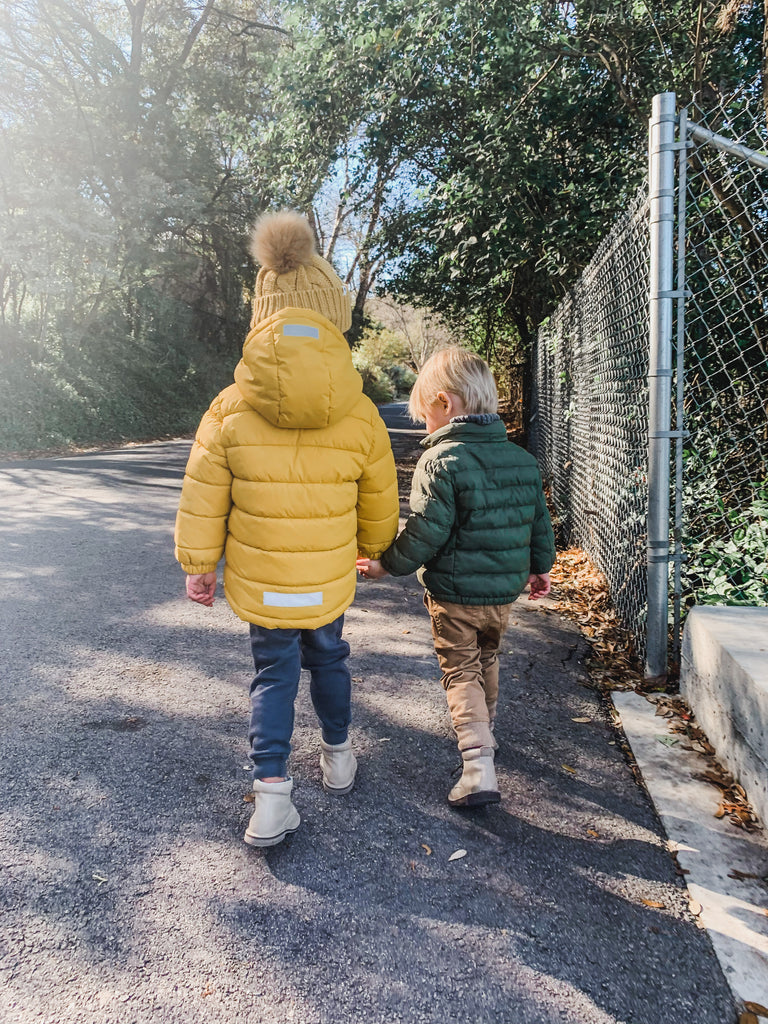Teaching kids about sustainability and why it's important can be a fun and engaging experience with the right activities. By making learning about the environment and eco-friendliness fun, kids are more likely to take an interest in it and develop habits that promote sustainability. Here are ten fun activities parents can do with their kids to learn about sustainability:
-
Create a compost bin: Show your kids how to make a compost bin and teach them about the benefits of composting. You can even use the compost for gardening and teach them about the importance of growing their own food.
-
Go on a nature scavenger hunt: Take your kids on a nature scavenger hunt and encourage them to find items like leaves, rocks, and flowers. This activity will teach them about the natural world and the importance of preserving it.
-
Have a waste-free picnic: Pack a waste-free picnic and teach your kids about the importance of reducing waste. Use reusable containers and utensils and encourage them to pack only what they need.
-
Make recycled crafts: Gather materials like cardboard boxes, paper towel rolls, and egg cartons and have your kids make recycled crafts. This activity will teach them about the importance of reusing materials.
-
Plant a garden: Teach your kids how to plant a garden and the importance of growing their own food. You can also teach them about composting and how it can benefit their garden.
-
Reduce energy use: Encourage your kids to turn off lights and unplug electronics when they're not in use. You can even make it a game and see who can remember to turn off the most lights throughout the day.
-
Go on a hike: Take your kids on a hike and teach them about the natural world around them. Point out different plants and animals and teach them about the importance of protecting them.
-
Make eco-friendly cleaners: Teach your kids how to make eco-friendly cleaners using natural ingredients like vinegar and baking soda. This activity will teach them about the importance of using non-toxic products.
-
Make a rainwater collection system: Show your kids how to make a rainwater collection system and teach them about the importance of conserving water. You can use the collected water for gardening or other household activities.
-
Host a clothing swap: Host a clothing swap with your kids' friends and teach them about the importance of reducing textile waste. This activity will also teach them about the importance of reusing and recycling clothes.
Teaching kids about sustainability can be a fun and engaging experience with the right activities. By making learning about the environment and eco-friendliness fun, kids are more likely to take an interest in it and develop habits that promote sustainability. Try out these ten fun activities with your kids and see how much they learn and enjoy themselves.




